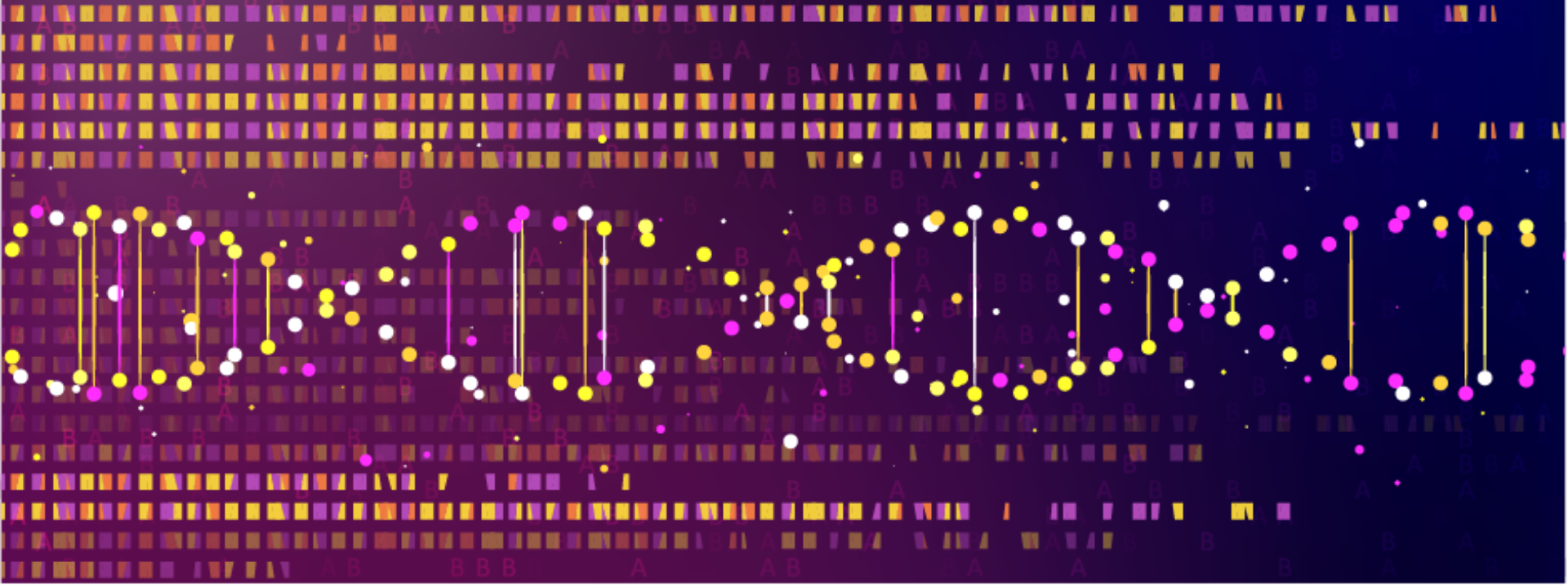How Inscripta Technology Accelerates Adaptive Laboratory Evolution Experiments
While adaptive laboratory evolution (ALE) is a powerful approach for developing microbial strains that thrive in challenging growth environments, the method can be time-consuming, laborious, and prone to technical problems.
Traditional ALE strategies require serial dilution and harvesting cycles that can last from weeks to decades and are typically followed up by strain construction for validation of growth phenotypes. They often require a clonal parent strain, which can constrain available evolutionary paths and discoverable diversity by virtue of the allowable mutations naturally accessible to that starting strain. Unfortunately, ALE can also lead to a mutational load that contains “passive” changes to the genome that limit future optimization.
Novel approaches that better control initial diversity improve ALE experiments by accelerating the process and providing access to greater genetic diversity. Indeed, Inscripta’s Onyx™ digital genome engineering platform addresses these issues through rapid recapitulation of libraries and precisely designed starting diversity.
In a recent application note, we describe how the Onyx platform was used to rapidly recapitulate an E. coli library of 372 previously described ALE mutations by scientists at the Novo Nordisk Foundation Center for Biosustainability, Technical University of Denmark. We additionally generated 620 deletions, frameshifts, and mobile element insertions as functional knockouts.
The resulting edited cell pools were subjected to chemical stress with p-coumaric acid or isobutyric acid and individual cell responses were tracked through barcode sequencing, showing unique genome variants that result in chemical tolerance. Biochemical signatures quickly emerged, such as the identification of mutational hotspots on rhoA encoding the RNA polymerase a-subunit.
These data are broadly useful in understanding biochemical responses generally, and can lead to a new biochemical understanding of specifically probed genes. The results of the project show the power of the Onyx platform to simplify the ALE workflow and suggest new methods to initiate ALE experiments with a precision-engineered, diversified population.

